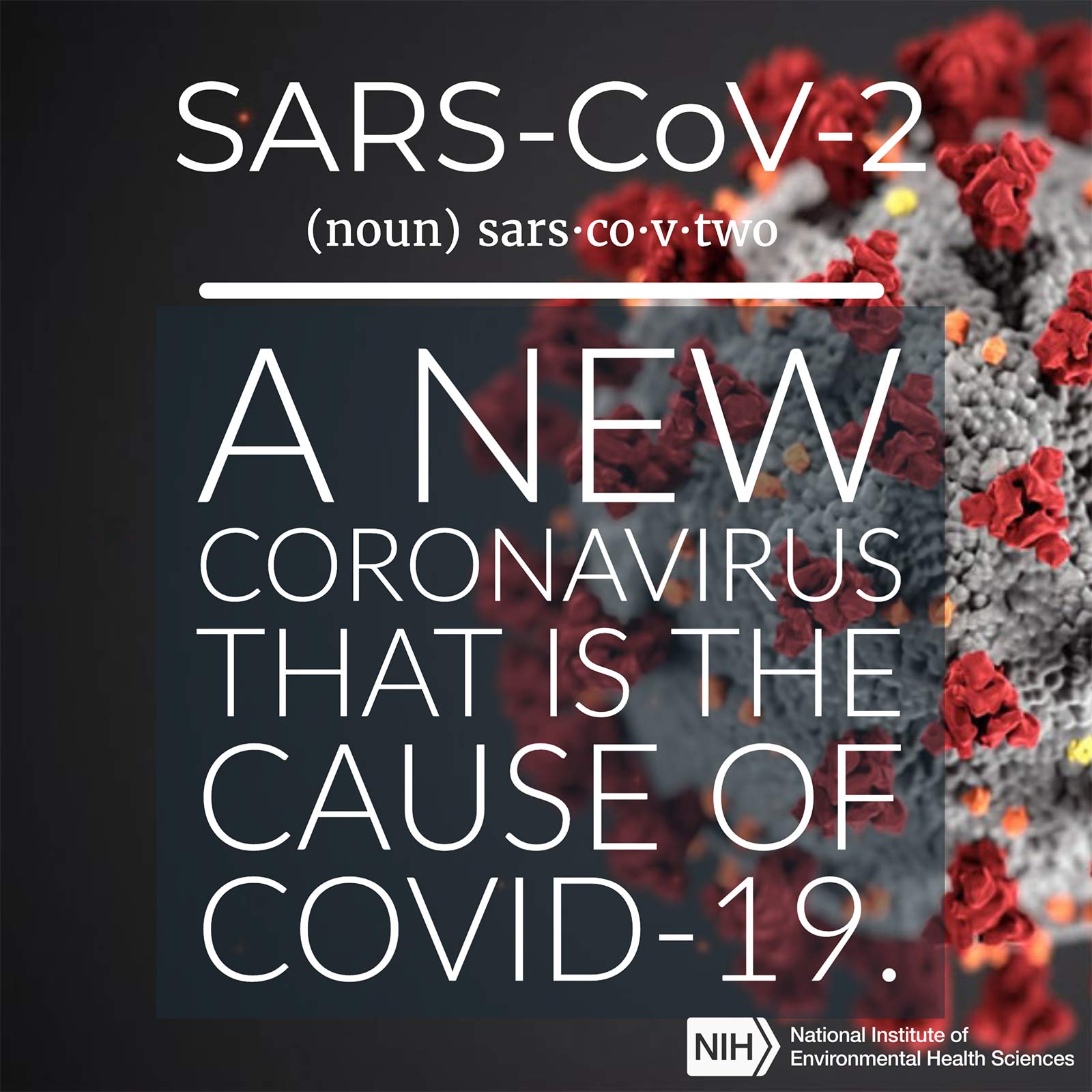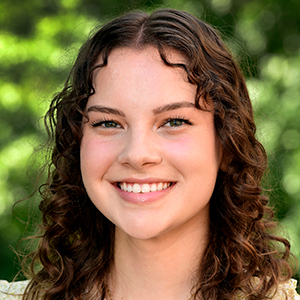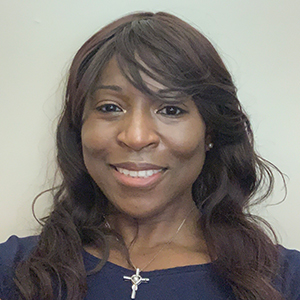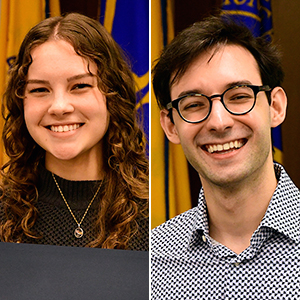The NIEHS Office of Science Education and Diversity (OSED) welcomed 55 local teachers to a virtual workshop on July 15 as part of SummerSTEM, an annual professional development program run by the nonprofit group WakeED Partnership. Through the program, K-12 educators visit nearby businesses and research institutions to develop classroom projects that enhance students’ learning experience.
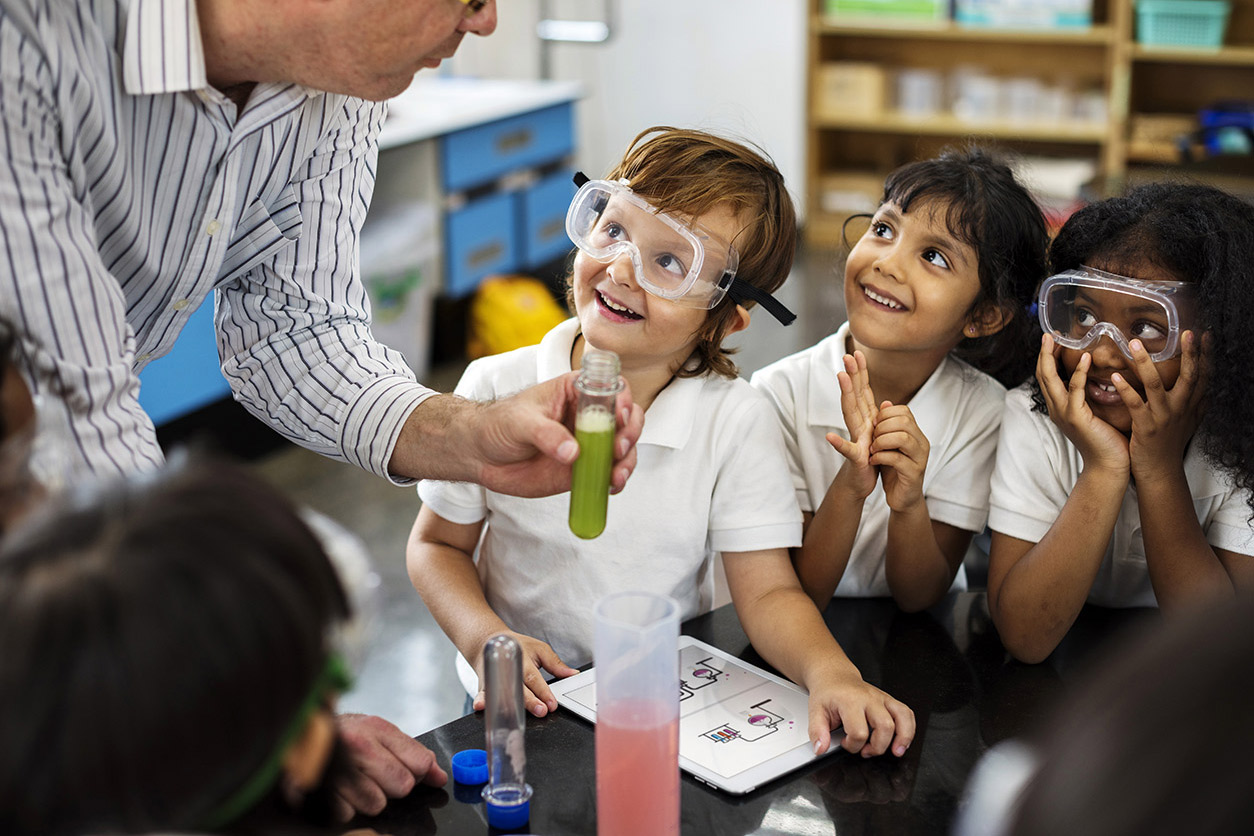 OSED aims to educate students from kindergarten through college and beyond. A key focus is increasing diversity in environmental health sciences.
OSED aims to educate students from kindergarten through college and beyond. A key focus is increasing diversity in environmental health sciences.Problem-based learning
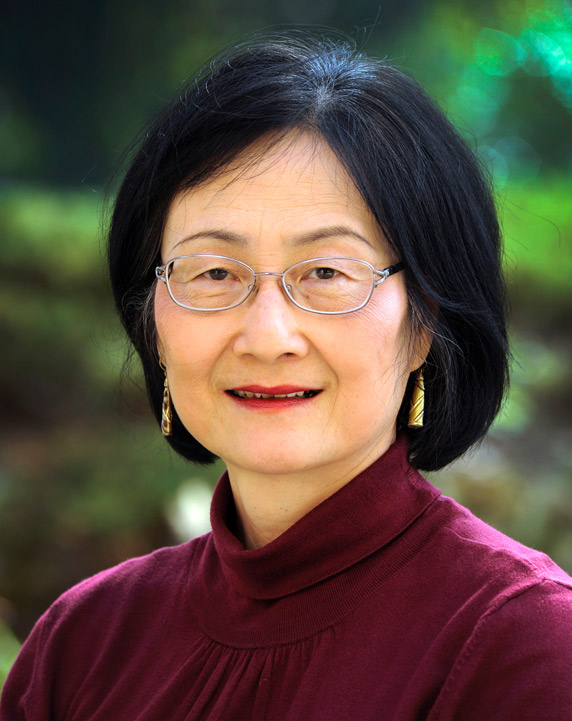 “SummerSTEM advocates problem-based learning, which is also the educational approach that I believe in,” said Lee. (Photo courtesy of Steve McCaw)
“SummerSTEM advocates problem-based learning, which is also the educational approach that I believe in,” said Lee. (Photo courtesy of Steve McCaw)Teachers took an online tour of the institute’s facilities and history, and they gained insight into the work of in-house scientists and academic grant recipients.
One goal of the meeting was to help educators develop problem-based learning projects so that in the coming school year, students can analyze the biological, environmental, and social factors that affect an individual’s vulnerability to COVID-19.
“I chose COVID-19 as the topic because it is an urgent issue that affects everybody,” said workshop organizer Huei-Chen Lee, Ph.D., NIEHS K-12 science education program manager. “We hope that through problem-based learning, teachers will help their students critically examine the COVID-19 pandemic, with a holistic approach.”
Two NIEHS scientists discussed the novel coronavirus and the institute’s rapid research response to it.
John Schelp, special assistant for community engagement and outreach at the institute, gave attendees a glimpse into both the origins of NIEHS and its research efforts, including those related to COVID-19.
Attacking human cells
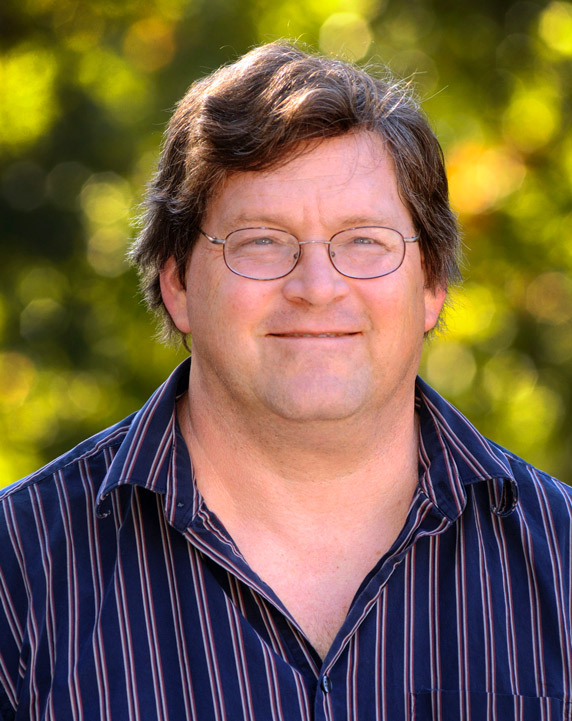 “The spike protein is really the business end of vaccine development for SARS-CoV-2,” said Randall. (Photo courtesy of Steve McCaw)
“The spike protein is really the business end of vaccine development for SARS-CoV-2,” said Randall. (Photo courtesy of Steve McCaw)Thomas Randall, Ph.D., from the institute’s Integrative Bioinformatics Support Group, explained why the SARS-CoV-2 virus is cause for concern.
“It contains a spike protein that attacks human cells,” he said. “The virus has learned how to attach itself to a protein on the surface of human cells called ACE2, and that’s how it gets into the cells.”
Spread of SARS-CoV-2 is more alarming than previous outbreaks involving severe acute respiratory syndrome (SARS) and Middle East respiratory syndrome (MERS), both of which also featured a spike protein.
“The SARS-CoV-2 spike protein attaches to the ACE2 receptor at a ten- or twentyfold higher affinity, which means it is much better at attacking human cells than SARS or MERS,” noted Randall. “This is a big part of why the virus has become so dangerous.”
Achilles heel
Tom Stanley, from the NIEHS Structural Biology Core Facility, discussed his work purifying the spike protein to allow for a better understanding of its structure. Such basic research could aid in development of treatments and vaccines.
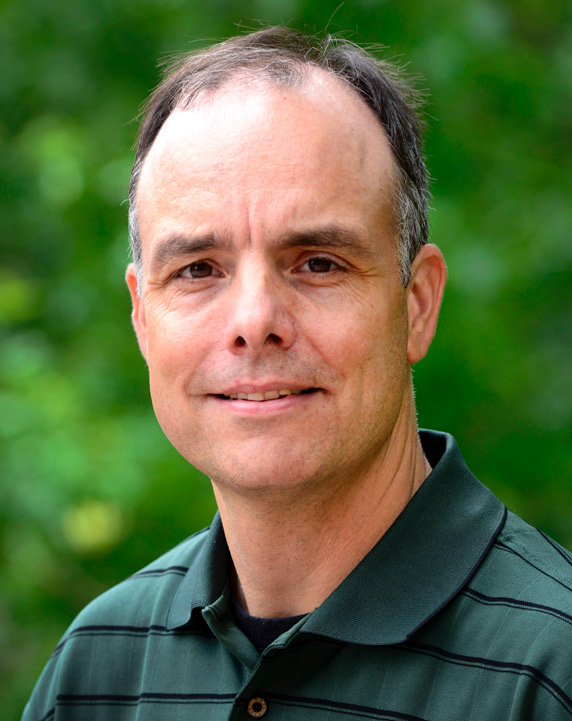 “The institute’s labs closed in late March, but we still needed volunteers to come in and do coronavirus research, so I offered to help,” said Stanley. (Photo courtesy of Steve McCaw)
“The institute’s labs closed in late March, but we still needed volunteers to come in and do coronavirus research, so I offered to help,” said Stanley. (Photo courtesy of Steve McCaw)“The spike protein is a strength of the virus, but it also is its Achilles heel,” he said. “When we get infected, our bodies make proteins called antibodies, which bind to the virus and inhibit its function. That is how a vaccine will be created — by inducing that kind of immune response.”
Enhancing STEM education
According to Lee, the workshop was a success. “Judging by teachers’ responses, I believe the meeting triggered a lot of thoughts and many questions — an important first step,” she said.
Ericka Reid, Ph.D., director of OSED, pointed out that SummerSTEM’s emphasis on bolstering learning outcomes in science, technology, engineering, and math (STEM) is shared by NIEHS.
“Environmental health science is a highly interdisciplinary field,” she told attendees. “It involves epidemiology, toxicology, neuroscience, engineering, and more. We want you to know that students can get into this field from almost any avenue of STEM. The institute is committed to developing the next generation of environmental health scientists.”
(Jesse Saffron, J.D., is a technical writer-editor in the NIEHS Office of Communications and Public Liaison.)





